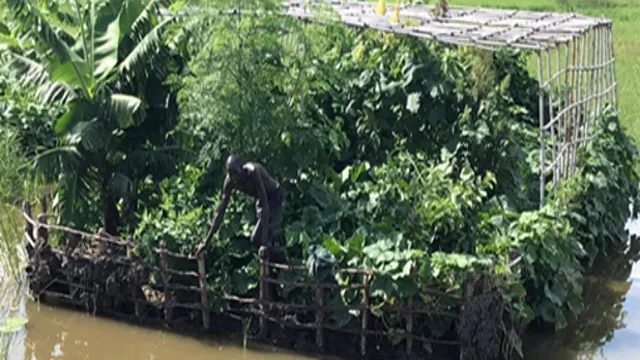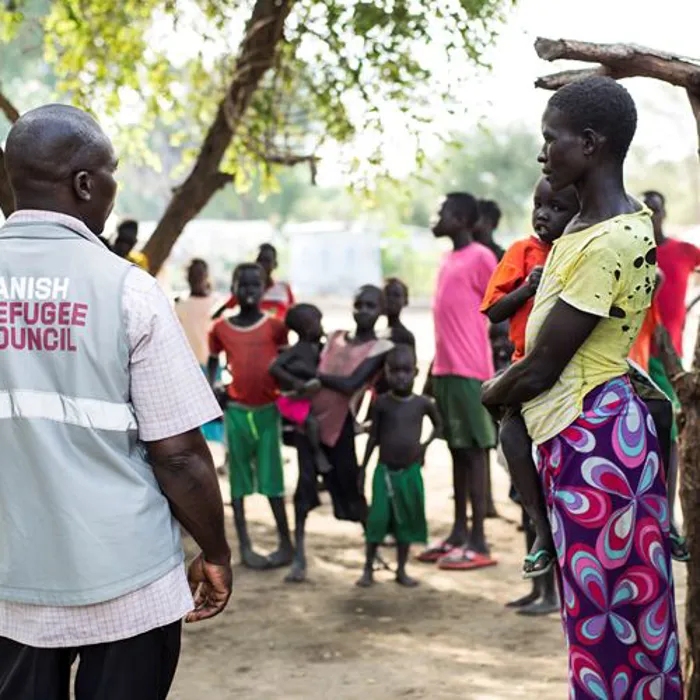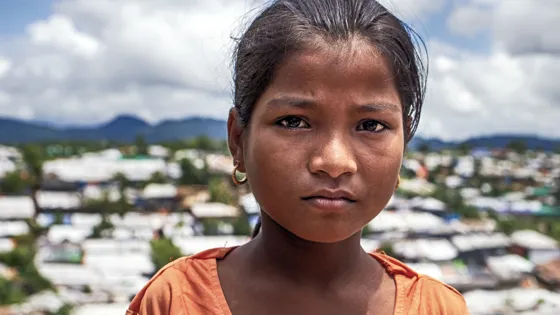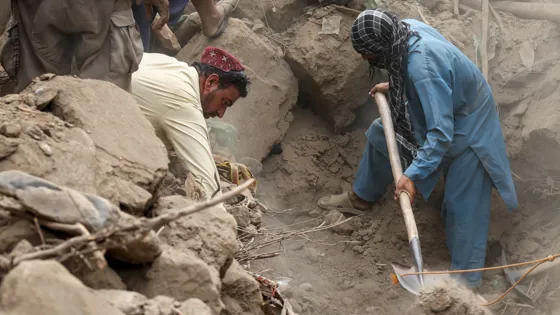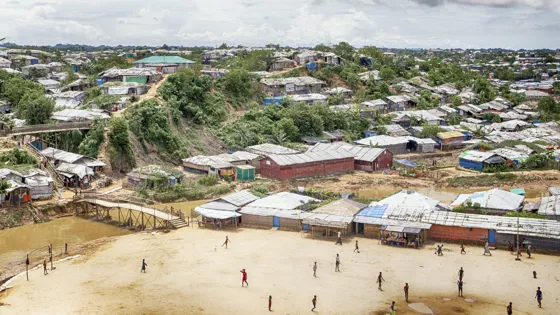Floating kitchen gardens and 'chinampas'
One of our climate adaptation projects is floating kitchen gardens. These are gardens that float on water and can therefore adapt to rising water levels when floods suddenly hit. This makes them more resilient to extreme weather and helps meet the food needs of families. A much-needed innovation in a highly challenged context!
And then there are 'chinampas' - a planting method that dates back to the ancient Aztecs in Latin America! Unlike floating vegetable gardens, chinampas are stationary platforms. They are made from natural materials, wood and plant matter, which helps to retain moisture so crops can survive even during dry periods. Chinampas are strengthened and elevated by wooden posts and are built when the water is low. When the flood hits suddenly, the platforms appear as small islands in the water.
A characteristic of the floating vegetable gardens and chinampas is that many different crops grow together, resulting in a bigger and better harvest output. Some families even have such a good harvest that they can sell their vegetables locally to earn an income.


